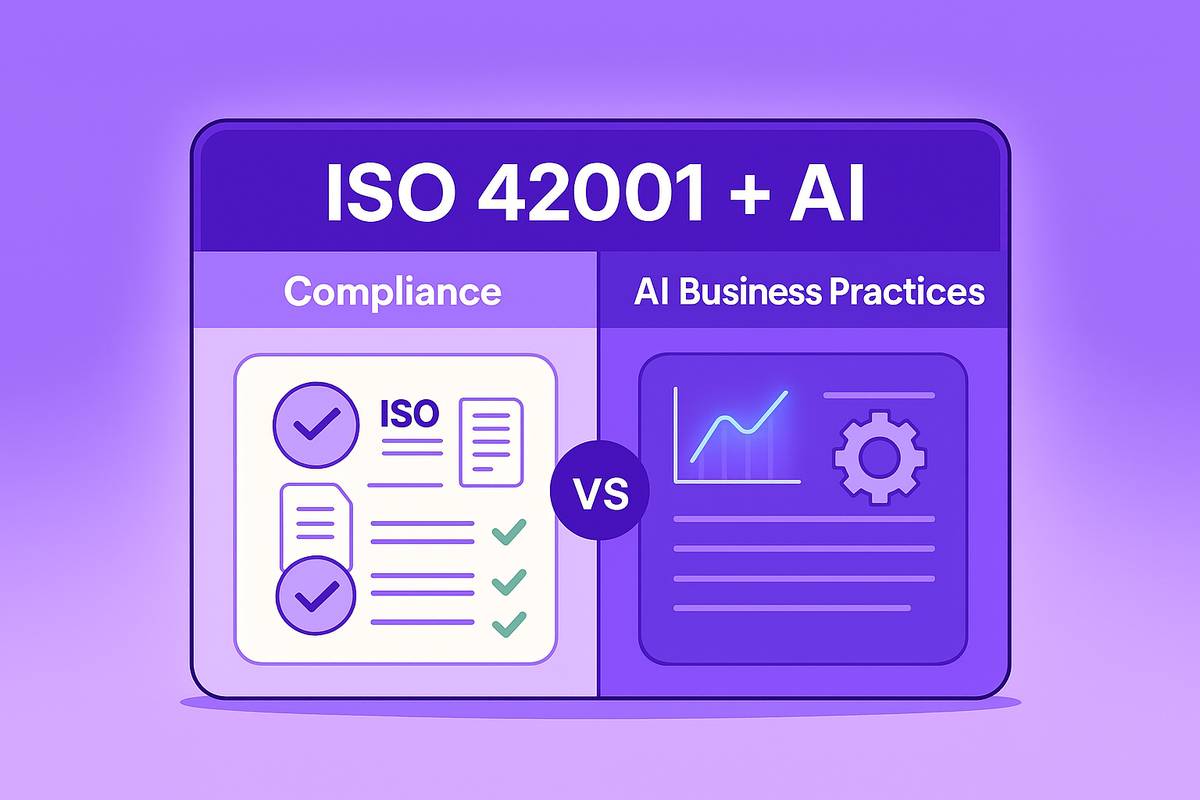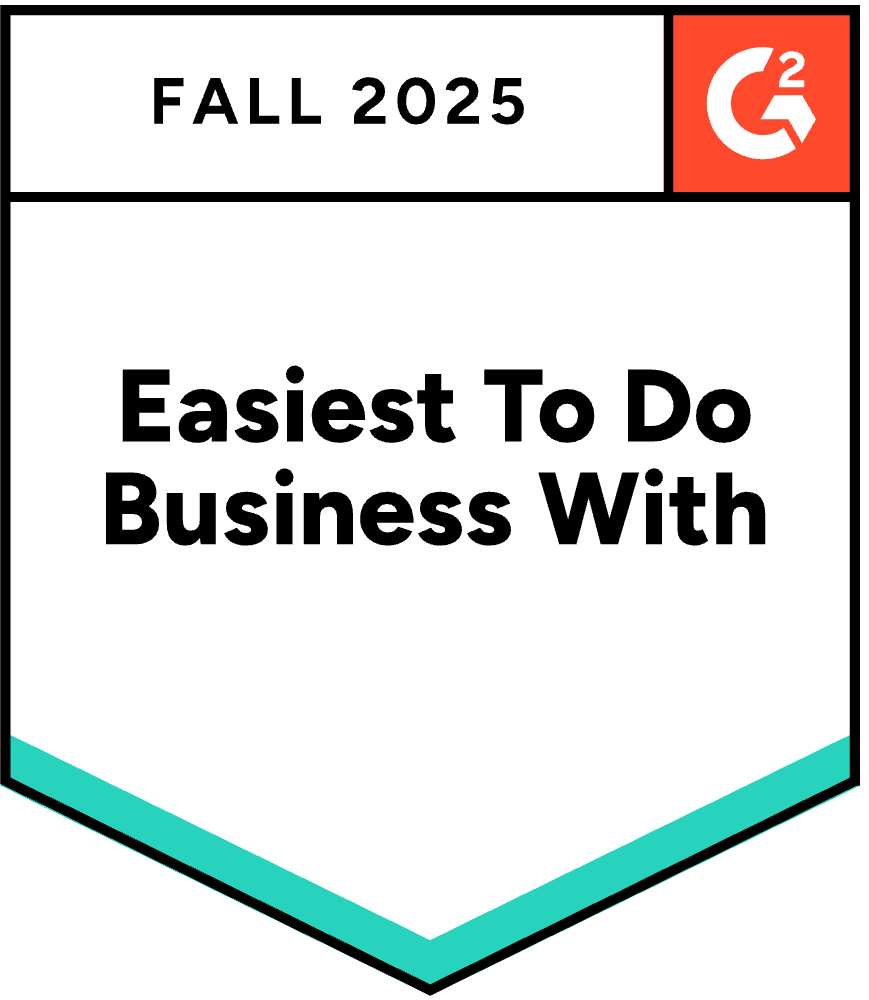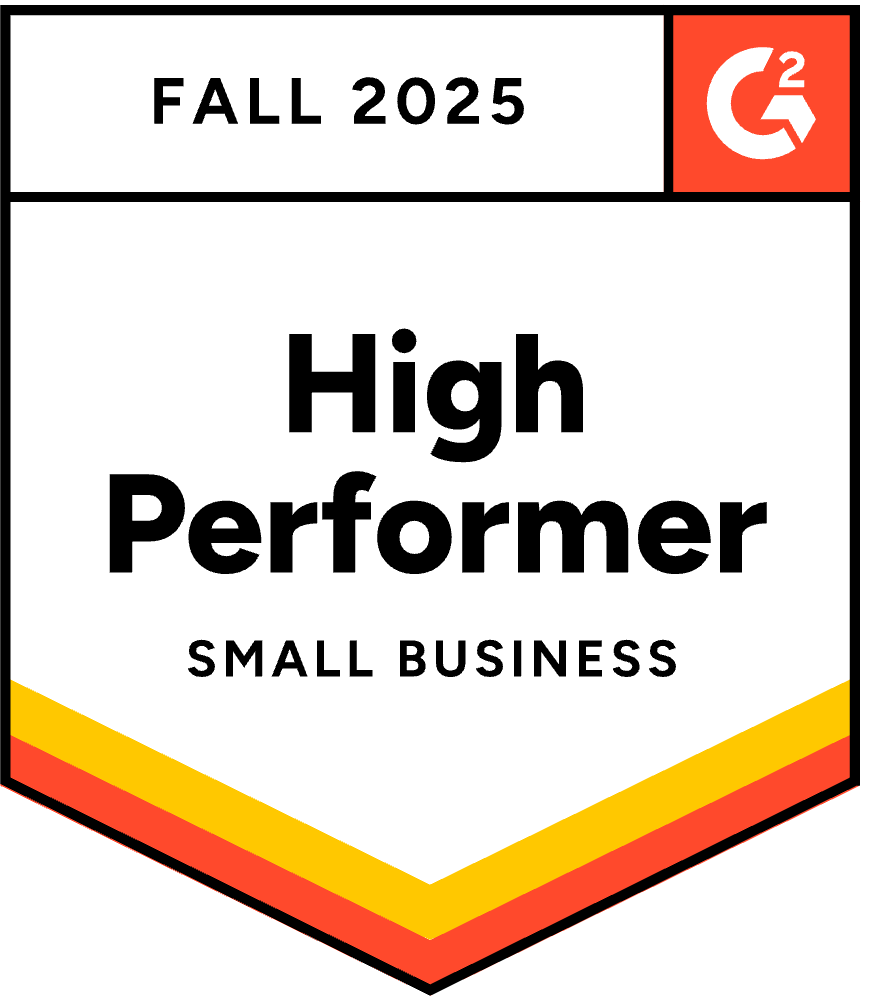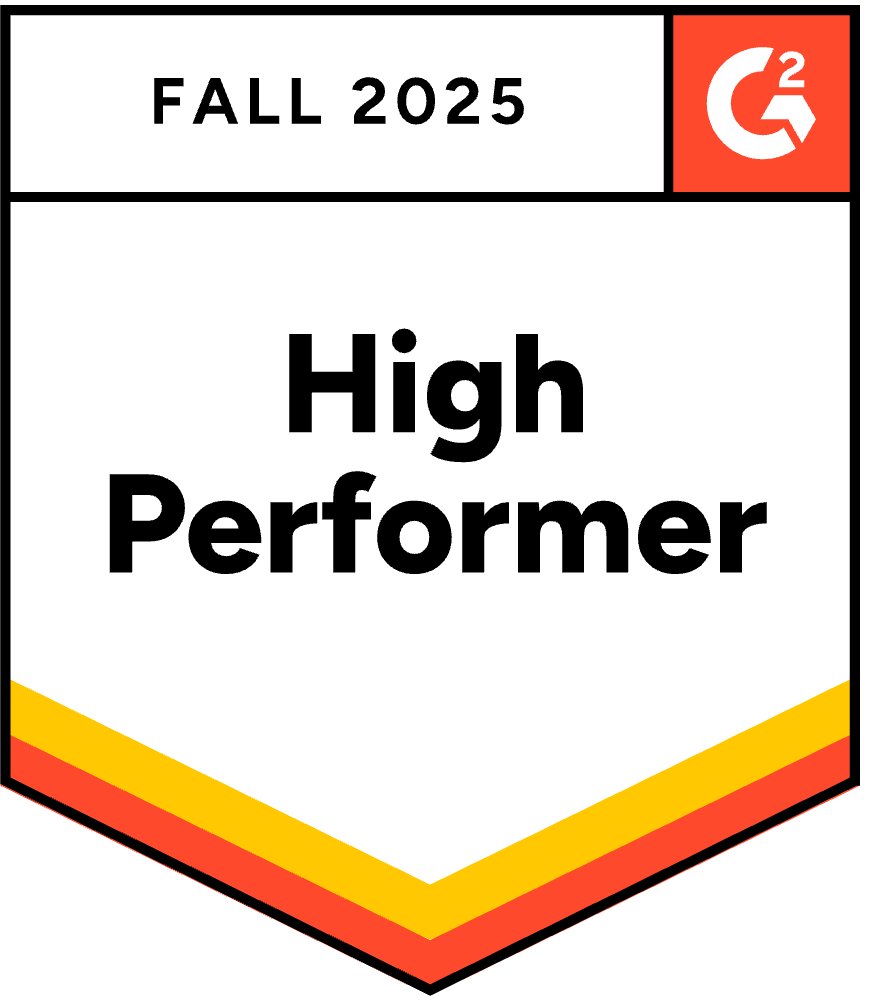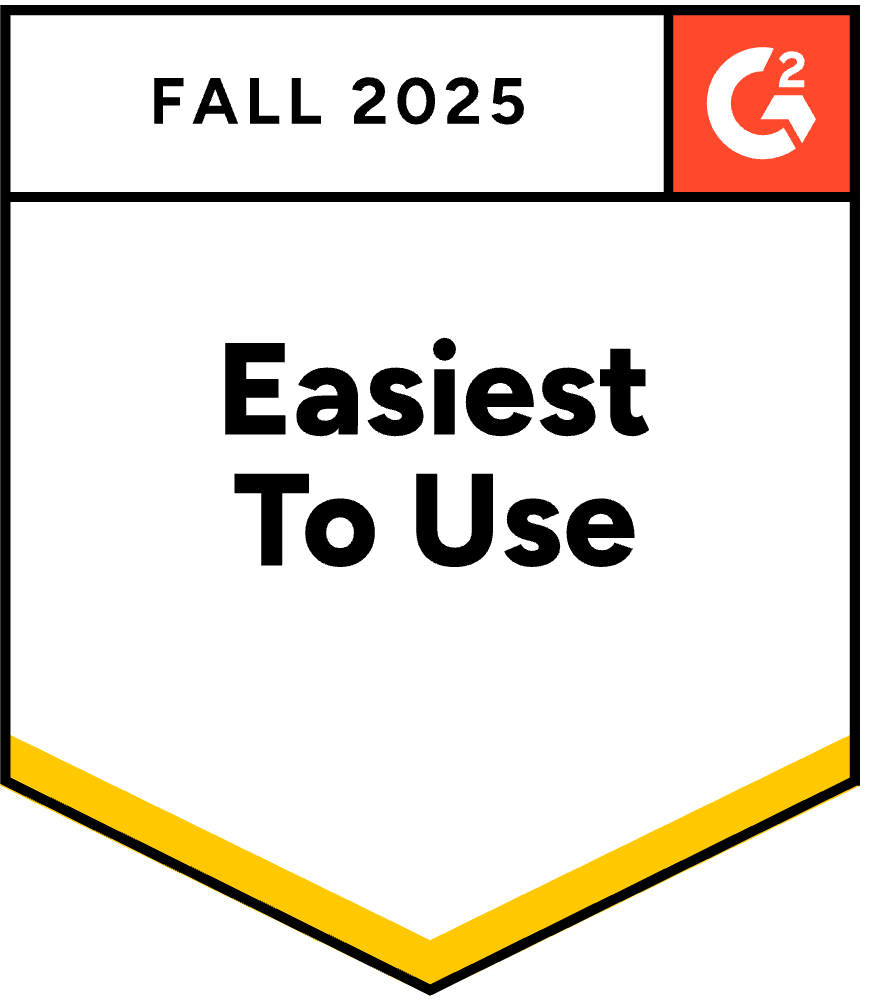Building your first GTM Tech-stack:
December 30, 2023
By
Sagee Moyal

Building a Sales Tech Stack That Actually Works
The Non-Negotiables
When I came to IRIS, we needed three essentials in place before we could even think about scaling: a CRM, reliable cell numbers, and a strong prospecting tool. These weren’t “nice-to-haves”—they were non-negotiables. In today’s competitive B2B environment, if you don’t have access to accurate data, a streamlined CRM, and a way to consistently identify and reach your prospects, you’re already falling behind.
Testing the Market: ZoomInfo vs. Competitors
As a lifelong ZoomInfo user, I was curious to test the market and see if there was a real alternative. After a month trialing UpLead and Seamless.ai, I’ll admit I was impressed by how clean and simple their interfaces were compared to ZoomInfo’s. Their pricing models were highly competitive, which made me want to root for them.
But the reality is that when it came down to the quality and breadth of their databases, they simply didn’t measure up. In prospecting, accuracy is everything, and for me, the edge still belonged to ZoomInfo. So yes—I splurged here, and it was worth it.
Why HubSpot Over Salesforce
To be honest, the splurge on ZoomInfo wouldn’t have been possible without the HubSpot for Startups program. I’ve always liked Salesforce for its power and depth, but the cost is prohibitively high for an early-stage team, especially if you don’t yet have a dedicated RevOps function to maximize its capabilities.
HubSpot, on the other hand, has been a lifesaver. For less than $100/month, we get a scalable CRM with customer support included, which is more than enough for what we need right now.
Will we stay with HubSpot forever? Hard to say. But for this phase of growth, between the price point, usability, and support, it’s a hard platform to walk away from—especially because our immediate need is finite: tracking and reporting on opportunities and accounts without unnecessary overhead.
Why Sales Navigator Still Wins
We also invested in LinkedIn Sales Navigator—and honestly, I don’t see how anyone in B2B prospecting gets by without it. I have yet to find a true competitor. Everyone is on LinkedIn, and since the implosion of Twitter/X, it feels like engagement on the platform is higher than ever.
Sales Navigator’s ability to filter by industry, job tenure, geography, company size, and more makes it indispensable for building precise prospect lists. Paired with ZoomInfo’s Chrome extension, it becomes one of the most powerful prospecting combinations available today. Six years on, these tools still dominate for good reason.
Integrations That Actually Matter
A tech stack only works if your tools work together. You can have the best software in every category — but if data isn’t flowing seamlessly between them, you’re creating work, not saving it.
For us, the real power of this stack isn’t in HubSpot, ZoomInfo, or Sales Navigator individually — it’s in how they integrate.
ZoomInfo pushes verified contact data directly into HubSpot, giving us accurate, ready-to-work leads without manual cleanup. Sales Navigator connects those records back to live profiles, letting us see shared connections, recent job changes, and engagement trends without leaving the CRM.
That integration loop means every outreach is informed, every record is current, and every rep has the full picture before they ever pick up the phone. No exporting. No duplicates. No version control headaches.
The result? A lean tech ecosystem that feels unified — not stitched together.
Essentials vs. Luxuries in Your Stack
Here’s the reality: when you’re building your sales tech stack, especially if you’re on a tight budget, you need to get crystal clear on what is essential and what’s a luxury. Not everything needs to be automated right away, and a lot can be handled manually if needed.
For us, the essentials are simple:
- HubSpot covers outbound automation, opportunity management, and reporting.
- ZoomInfo remains the gold standard for accurate contact data.
- Sales Navigator keeps our prospecting targeted and effective with the most up-to-date buyer information.
Everything else? Nice-to-have, but not mission-critical.
When to Upgrade (and When Not To)
Every stack has a shelf life. The question isn’t if you’ll outgrow your tools — it’s when.
The key is timing your upgrades to match your team’s maturity, not just your ambition. If adoption and process discipline aren’t in place, no new platform will fix that.
For example, we’ll eventually outgrow HubSpot when we need multi-instance reporting, advanced permissioning, or complex RevOps automation. But right now, it does exactly what we need — tracking, reporting, and managing opportunities efficiently.
The same goes for other add-ons. Tools like Outreach, Apollo, or Chili Piper can be game changers, but only if your team has the volume and workflow discipline to justify them.
The goal isn’t to build the biggest stack — it’s to build the right one.
A stack that scales when you do, without getting in the way.
The Bottom Line
The lesson: don’t get distracted by shiny tools or bloated platforms. Focus on what drives pipeline and helps your team consistently reach the right people.
For IRIS, that core stack—HubSpot, ZoomInfo, and Sales Navigator—strikes the perfect balance of affordability, simplicity, and impact.
Share this post
Link copied!





